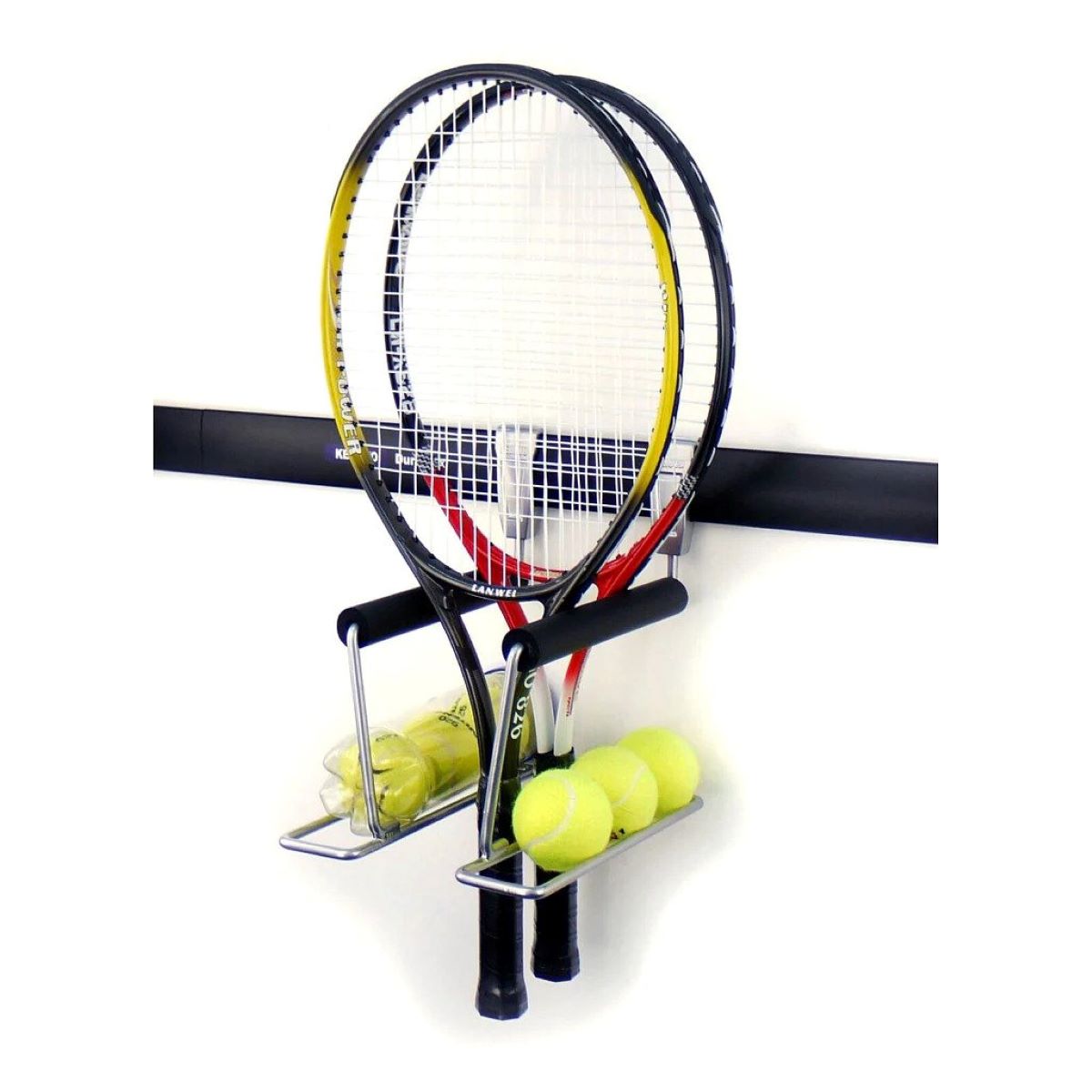

Articles
How To Store Tennis Rackets
Modified: December 7, 2023
Learn the best ways to store your tennis rackets in this informative articles. Keep your rackets in great condition for long-lasting performance.
(Many of the links in this article redirect to a specific reviewed product. Your purchase of these products through affiliate links helps to generate commission for Storables.com, at no extra cost. Learn more)
Introduction
Tennis rackets are valuable and essential equipment for any tennis player. Whether you’re a professional athlete or an avid recreational player, properly storing your tennis rackets is crucial for maintaining their performance and prolonging their lifespan. Storing your rackets correctly not only ensures they are protected from damage but also allows you to easily access them when you’re ready to hit the court.
In this article, we’ll provide you with helpful tips and strategies on how to store your tennis rackets effectively. We’ll guide you through the process of selecting a suitable storage location, preparing the rackets for storage, and implementing the best practices to keep them in optimal condition.
By following these guidelines, you’ll be able to safeguard your investment and enjoy many more successful matches with your trusty tennis rackets.
Key Takeaways:
- Properly storing tennis rackets is crucial for maintaining their performance and longevity. Choose a suitable storage location, prepare the rackets for storage, and implement regular cleaning and maintenance to ensure they remain in optimal condition.
- Whether using a bag, wall mounts, or racks/shelves, the method of storage should provide protection and easy access to your tennis rackets. Consider additional measures for long-term storage to maintain their quality and performance.
Read more: How To Store Tennis Balls
Choosing a Storage Location
When it comes to storing your tennis rackets, the first step is to find an appropriate storage location. The ideal storage environment should protect your rackets from extreme temperatures, humidity, and direct sunlight, as these factors can cause damage to the racket frame and strings. Here are some key considerations when choosing a storage location:
- Avoid areas with excessive temperature fluctuations: Fluctuating temperatures can cause the racket frame to expand and contract, potentially leading to warping or cracking. Choose a storage area that maintains a consistent temperature throughout the year.
- Keep away from humidity: High humidity levels can cause the racket strings to lose tension and become less responsive. It can also lead to the growth of mold or mildew on the racket grip. Look for a storage location that has low humidity and good air circulation.
- Protect from direct sunlight: Ultraviolet (UV) rays from the sun can cause the racket strings to become brittle and lose elasticity. Choose a storage area that is shielded from direct sunlight or use a cover to block out the UV rays.
- Avoid areas with excessive dust or debris: Dust and debris can accumulate on the racket and affect its performance. Find a storage location where the rackets will be protected from dust or use racket covers or cases to keep them clean.
Based on these factors, some recommended storage locations for your tennis rackets include:
- A closet or cabinet in an interior room: Interior rooms tend to have more stable temperatures and lower humidity levels compared to spaces near external walls or windows.
- A basement or garage with climate control: If you have a climate-controlled basement or garage, it can be a suitable storage option. Just make sure the temperature and humidity levels are consistently controlled.
- A dedicated sports equipment storage area: If you have space, consider creating a dedicated storage area for your tennis rackets and other sports equipment. This can help keep everything organized and easily accessible.
Remember, the goal is to provide a suitable environment that protects your tennis rackets from the elements and keeps them in optimal condition for the next time you step onto the court.
Preparing the Rackets for Storage
Before storing your tennis rackets, it’s important to prepare them properly to ensure they remain in good condition during the storage period. Here are some steps to follow when preparing your rackets for storage:
- Clean the rackets: Start by cleaning the rackets to remove any dirt, sweat, or debris that may have accumulated during use. Use a soft cloth or towel dampened with water or a mild detergent to gently wipe the surfaces of the racket. Avoid using harsh chemicals or abrasive cleaners, as they can damage the racket’s materials.
- Check for damage: Inspect the racket for any signs of damage, such as cracks in the frame or loose strings. If you notice any issues, it’s best to address them before storing the rackets. Consider getting professional racket restringing or repairs if needed.
- Loosen the strings: It’s recommended to slightly loosen the racket strings before storage. This helps to reduce tension on the strings and prevents them from losing their elasticity. You can use a string tension gauge or consult the racket manufacturer’s guidelines for the ideal level of looseness. Be cautious not to over-loosen the strings, as it may adversely affect the racket’s playability.
- Protect the grip: If you’re planning to store the rackets with the grip exposed, consider using an overgrip or grip cover to protect it from dust or dirt. These items easily wrap around the grip and provide an extra layer of protection.
- Remove accessories: Take off any attachments or accessories, such as vibration dampeners or customization add-ons, before storing the rackets. This prevents them from getting damaged or misplaced during storage.
By following these steps, you’ll ensure that your tennis rackets are clean, in good condition, and ready to be stored safely.
Cleaning and Maintenance Tips
Regular cleaning and maintenance are essential for keeping your tennis rackets in optimal condition, even during storage. Here are some cleaning and maintenance tips to follow:
- Wipe the rackets after each use: After playing a match or practice session, make it a habit to wipe down the racket with a soft cloth or towel. This helps remove sweat, dirt, and oils from the racket surfaces, preventing buildup and preserving its performance.
- Pay attention to the strings: Inspect the racket strings regularly for signs of wear, fraying, or tension loss. If you notice any issues, consider getting the racket restrung by a professional. Properly tensioned strings are crucial for optimal racket performance.
- Avoid excessive exposure to extreme temperatures: While storing the rackets, be mindful of the storage location’s temperature. Extreme heat or cold can negatively impact the racket’s materials and performance. If you plan to store the rackets in a place without climate control, consider using temperature-regulating products, such as racket-specific cases or bags, to help mitigate temperature fluctuations.
- Keep the racket cover or case clean: If you store your rackets in a cover or case, regularly clean the cover or case to ensure it remains free from dirt, dust, and moisture. The cleanliness of the cover or case will prevent these contaminants from transferring to the racket.
- Rotate the rackets: If you have multiple tennis rackets, it’s a good practice to rotate them periodically, even during storage. This helps evenly distribute any pressure on the racket frame and prevents the strings from becoming too stretched or losing tension.
By incorporating these cleaning and maintenance tips into your routine, you’ll keep your tennis rackets in top condition and ready for action whenever you decide to take them out of storage.
Proper Handling Techniques
Properly handling your tennis rackets is crucial for preventing unnecessary damage and ensuring their longevity. By following these handling techniques, you can protect your rackets from accidental bumps, falls, or other mishaps:
- Avoid excessive force: When handling your tennis rackets, be mindful of applying excessive force or pressure, especially when inserting or removing them from storage bags or cases. Gentle and controlled handling reduces the risk of accidentally damaging the racket frame or strings.
- Hold the racket correctly: When picking up or gripping the racket, make sure to hold it by the handle or grip area. Avoid gripping or holding the racket by the frame, as this can put unnecessary stress on the racket’s structure.
- Use caution when adjusting strings: If you need to adjust or tighten the racket’s strings, do so carefully and avoid using excessive force. Over-tightening the strings can lead to string breakage or damage to the racket frame.
- Avoid contact with hard surfaces: To prevent accidental damage, avoid letting the racket come into contact with hard surfaces, such as walls, floors, or other rackets. Impact with hard surfaces can cause dents, scratches, or even structural damage to the racket.
- Store rackets separately: When storing multiple rackets, it’s best to keep them separated to prevent any potential rubbing or collision between them. If storing in a bag or case, ensure each racket has its designated compartment or slot.
By adopting these proper handling techniques, you can minimize the risk of accidental damage to your tennis rackets and keep them in excellent condition for extended periods of time.
Store tennis rackets in a cool, dry place away from direct sunlight and extreme temperatures. Avoid leaving them in a car or garage for extended periods to prevent warping or damage to the strings.
Read more: How To Make A Grass Tennis Court
Storing the Rackets in a Bag or Case
One popular method of storing tennis rackets is by placing them in a dedicated bag or case. This not only provides protection but also allows for easy portability and organization. Here are some tips for storing your rackets in a bag or case:
- Choose a suitable bag or case: Select a bag or case specifically designed for tennis rackets. Look for options that offer proper cushioning and protection to prevent damage during transportation and storage. Consider options with separate compartments for each racket to prevent them from getting tangled or knocking against each other.
- Clean the bag or case: Before placing your rackets in the bag or case, make sure it is clean and free from any dirt or debris. Cleaning the bag or case regularly helps prevent the transfer of dirt onto the rackets.
- Place the rackets carefully: Gently slide each racket into its designated compartment, making sure not to force or wedge them in. Avoid stacking rackets or placing heavy objects on top of them, as this can potentially damage the frame or strings.
- Secure the bag or case: Close or zip the bag or case securely to prevent any accidental openings or damage to the rackets. Check that the closure is properly sealed and provides adequate protection.
- Store the bag or case in a suitable location: Find a storage area that meets the criteria mentioned earlier, such as stable temperature, low humidity, and protection from sunlight. Avoid storing the bag or case in cramped or crowded spaces that could potentially cause pressure on the rackets.
Storing your tennis rackets in a bag or case provides convenience and protection, ensuring they are ready for use whenever you need them. Regularly inspect and clean the bag or case to maintain its condition and effectiveness in safeguarding your rackets.
Hanging the Rackets on Wall Mounts
If you have limited storage space or want to display your tennis rackets, hanging them on wall mounts can be a practical and visually appealing option. Here’s a step-by-step guide on how to properly hang your rackets on wall mounts:
- Select suitable wall mounts: Choose wall mounts specifically designed for tennis rackets. Look for mounts that securely hold the rackets while avoiding any unnecessary stress or pressure on the frame or strings.
- Identify a suitable wall location: Find a wall that is sturdy enough to support the weight of the rackets. Ensure the wall is clear of any obstacles or potential hazards that could damage the rackets, such as sharp objects or excessive heat sources.
- Measure and mark the desired position: Use a measuring tape to determine the appropriate distance between the mounts and mark the desired position on the wall. Ensure the marks are level and accurately spaced.
- Attach the wall mounts: Follow the manufacturer’s instructions to securely attach the wall mounts to the marked positions on the wall. Make sure the mounts are firmly fixed, ensuring proper support for the rackets.
- Hang the rackets: Carefully hang each racket on its designated mount, ensuring they are properly aligned and balanced. Avoid forcing the rackets onto the mounts or placing them at awkward angles that could strain the racket structure.
- Regularly inspect the mounts: Periodically inspect the wall mounts to ensure they remain securely attached to the wall. Check for any signs of loosening or damage and address them promptly to prevent accidents or potential damage to the rackets.
Hanging your tennis rackets on wall mounts not only saves space but also adds an aesthetic touch to your sports area. Be sure to regularly dust and clean the rackets to maintain their appearance and prevent dirt buildup.
Remember to periodically check the wall mounts’ stability and make any necessary adjustments to ensure your rackets remain securely and safely displayed.
Storing Rackets in a Rack or Shelf
If you prefer a more accessible and organized storage option for your tennis rackets, using a rack or shelf can be an excellent choice. Here’s a guide on how to store your rackets in a rack or shelf:
- Choose a suitable rack or shelf: Look for a rack or shelf specifically designed to accommodate tennis rackets. Opt for sturdy and well-built options that can securely hold the weight of the rackets without causing structural damage.
- Select a convenient location: Find a convenient and easily accessible spot where you plan to install the rack or shelf. Consider a location with minimal direct sunlight exposure and a stable temperature to maintain the rackets’ condition.
- Measure the available space: Determine the dimensions of the rack or shelf to ensure it fits your desired location. Measure the space available and consider any specific height or width requirements.
- Install the rack or shelf: Follow the manufacturer’s instructions to properly install the rack or shelf. Ensure it is securely affixed to the wall or surface to prevent any accidents or damage.
- Organize the rackets: Carefully place the rackets on the rack or shelf, making sure they are evenly spaced and not overcrowded. Avoid leaning the rackets against each other as it can cause unnecessary pressure or damage.
- Consider additional storage options: If the rack or shelf has additional compartments or hooks, utilize them for storing racket accessories such as grips, overgrips, or tennis balls. This helps keep everything organized and easily accessible.
Storing your tennis rackets in a rack or shelf provides a neat and organized solution that allows for quick access whenever you’re ready to play. Ensure you regularly clean and maintain the rack or shelf, removing any dust or debris that may accumulate.
By following these steps, your rackets will be securely stored and readily available for your next tennis match or practice session.
Additional Tips for Long-Term Storage
If you’re planning to store your tennis rackets for an extended period, such as during the off-season, it’s important to take additional measures to ensure their longevity. Here are some tips for long-term storage:
- Inspect and clean before storing: Before storing your rackets, thoroughly inspect them for any damage or wear and address any necessary repairs. Clean the rackets, remove dirt and sweat, and ensure they are dry to prevent the growth of mold or mildew during storage.
- Consider using a climate-controlled storage area: If possible, store your rackets in a climate-controlled environment, such as a temperature-regulated room or storage facility. Controlling the temperature and humidity levels helps protect the rackets from extreme conditions and potential damage.
- Store rackets horizontally: When storing rackets for an extended period, it is generally recommended to store them horizontally rather than vertically. This reduces the stress on the racket frame and strings, preventing warping or deformation over time.
- Avoid hanging rackets for long-term storage: While hanging rackets can be a great option for display or short-term storage, it is not ideal for long-term storage. The weight of the racket hanging for an extended period can strain the frame and strings.
- Check on the rackets periodically: Even during long-term storage, it’s beneficial to periodically check on your rackets. Inspect them for any signs of damage or changes in their condition. This allows you to address any issues promptly and ensure they are still in good shape.
- Protect rackets from pests: To prevent any damage from pests, consider using mothballs or sachets with natural pest repellents near the storage area. Ensure the storage area is properly sealed to keep out any unwanted visitors.
By following these additional tips, you can maintain the quality and performance of your tennis rackets, even during long periods of storage. When the time comes to take them out again, you’ll be ready to enjoy the game without any worries.
Conclusion
Properly storing your tennis rackets is essential for preserving their performance and extending their lifespan. By following the guidelines outlined in this article, you can ensure that your rackets are stored in optimal conditions, protected from damage, and readily available for your next game.
Choosing a suitable storage location that protects your rackets from temperature fluctuations, humidity, and direct sunlight is the first step. Preparing the rackets for storage by cleaning them, checking for damage, and loosening the strings helps maintain their condition during storage.
Regular cleaning and maintenance, along with proper handling techniques, are important in maximizing the lifespan of your rackets. Whether cleaning them after each use, inspecting the strings, or handling them with care, these practices ensure that the rackets remain in optimal condition for future play.
The method of storage you choose, whether using a bag or case, wall mounts, or racks/shelves, should provide protection, organization, and easy access to your rackets. Be sure to follow the manufacturer’s instructions for installation and regularly inspect the storage setup to maintain its effectiveness.
If you plan on storing your rackets for a longer duration, additional measures such as thorough inspections, climate-controlled environments, and horizontal storage are recommended. Checking on the rackets periodically and protecting them from pests are also crucial to their well-being.
In conclusion, following the proper techniques for storing tennis rackets ensures that they stay in optimal condition, ready to deliver powerful shots and enjoyable matches. By taking the time to choose the right storage location, prepare the rackets correctly, and implement maintenance strategies, you’ll be able to enjoy your tennis rackets for years to come.
Frequently Asked Questions about How To Store Tennis Rackets
Was this page helpful?
At Storables.com, we guarantee accurate and reliable information. Our content, validated by Expert Board Contributors, is crafted following stringent Editorial Policies. We're committed to providing you with well-researched, expert-backed insights for all your informational needs.
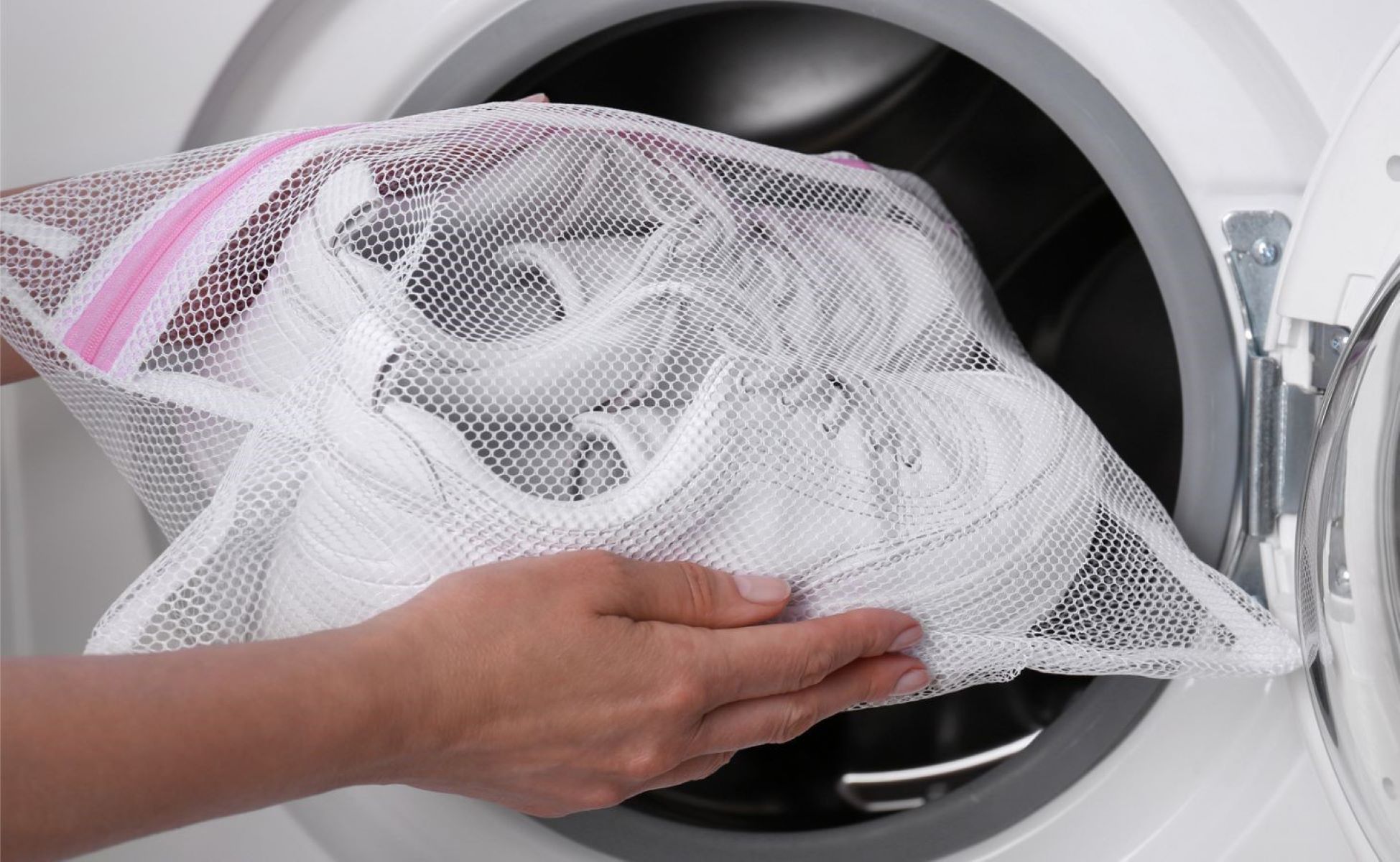
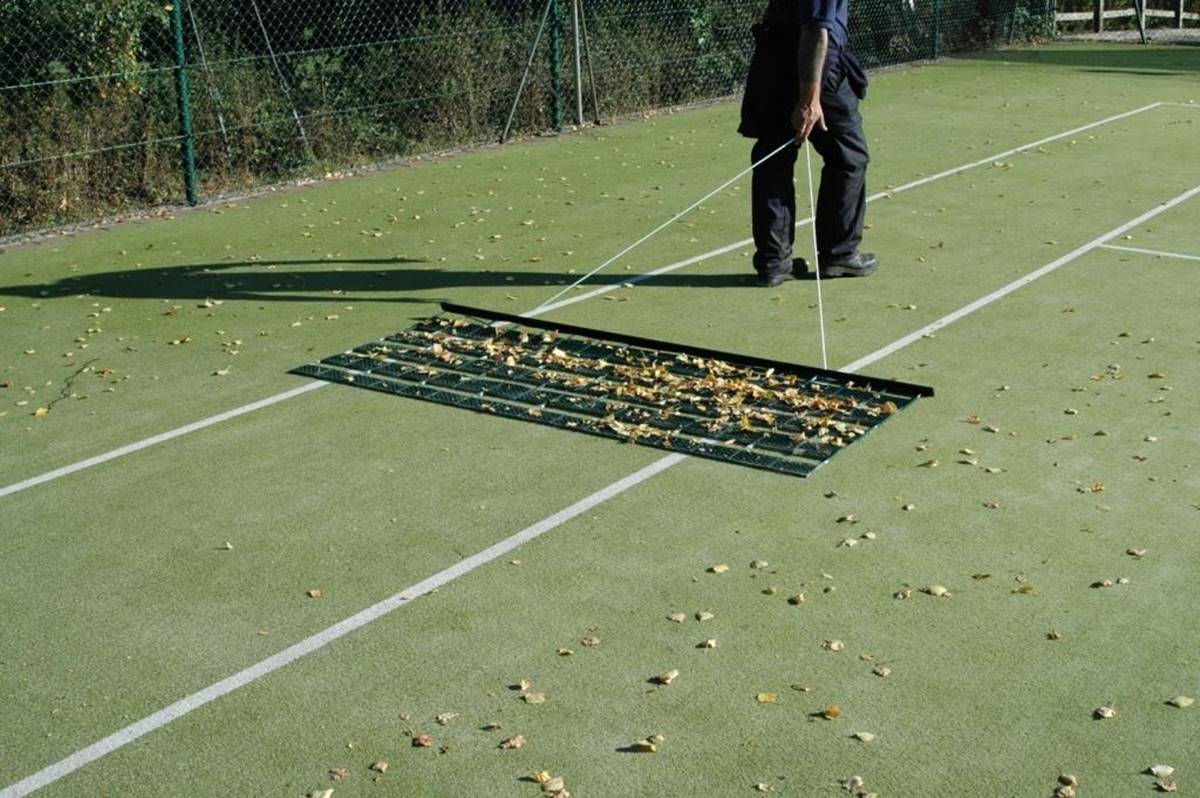
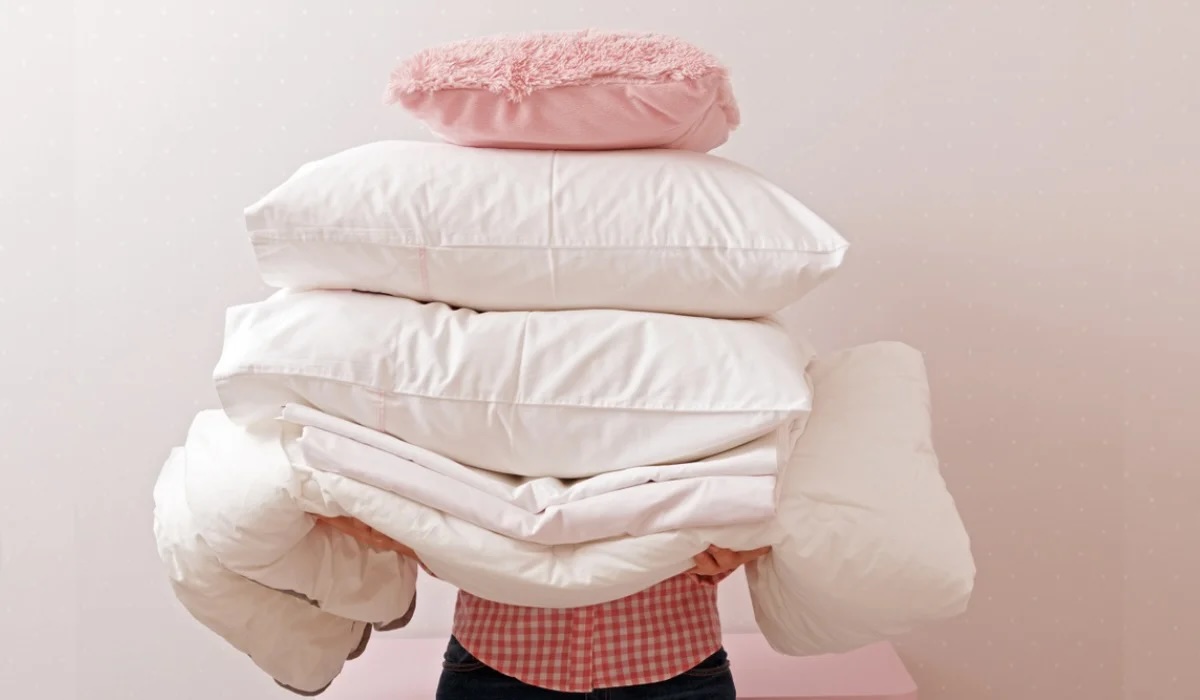
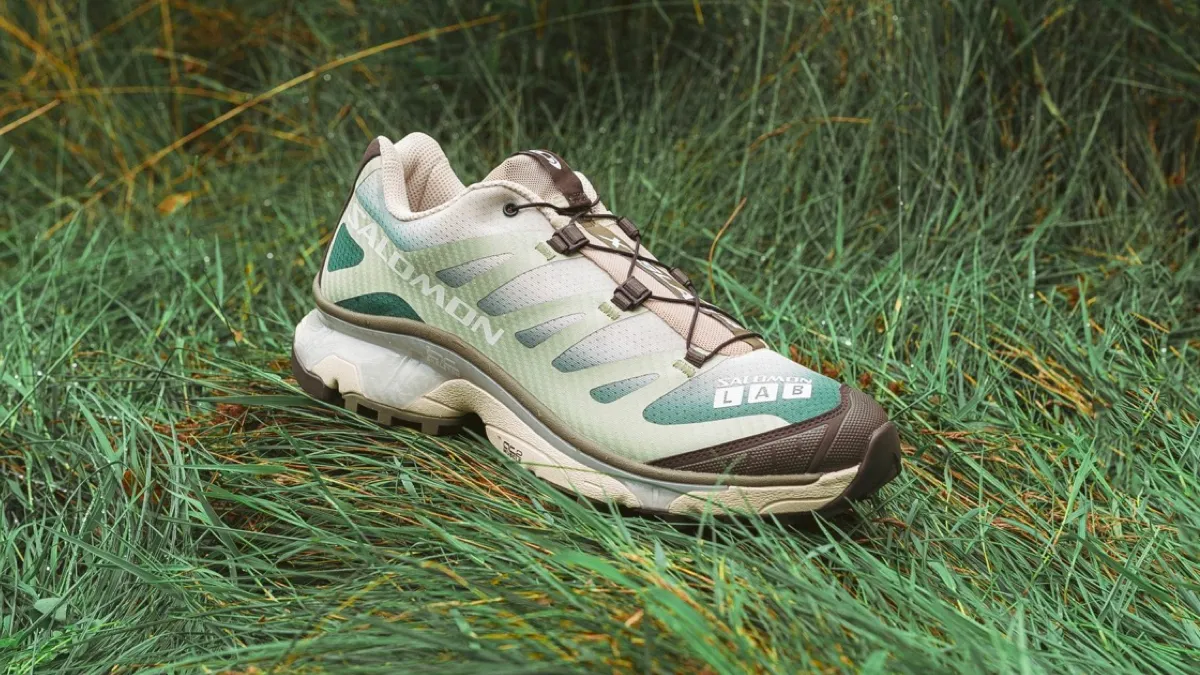



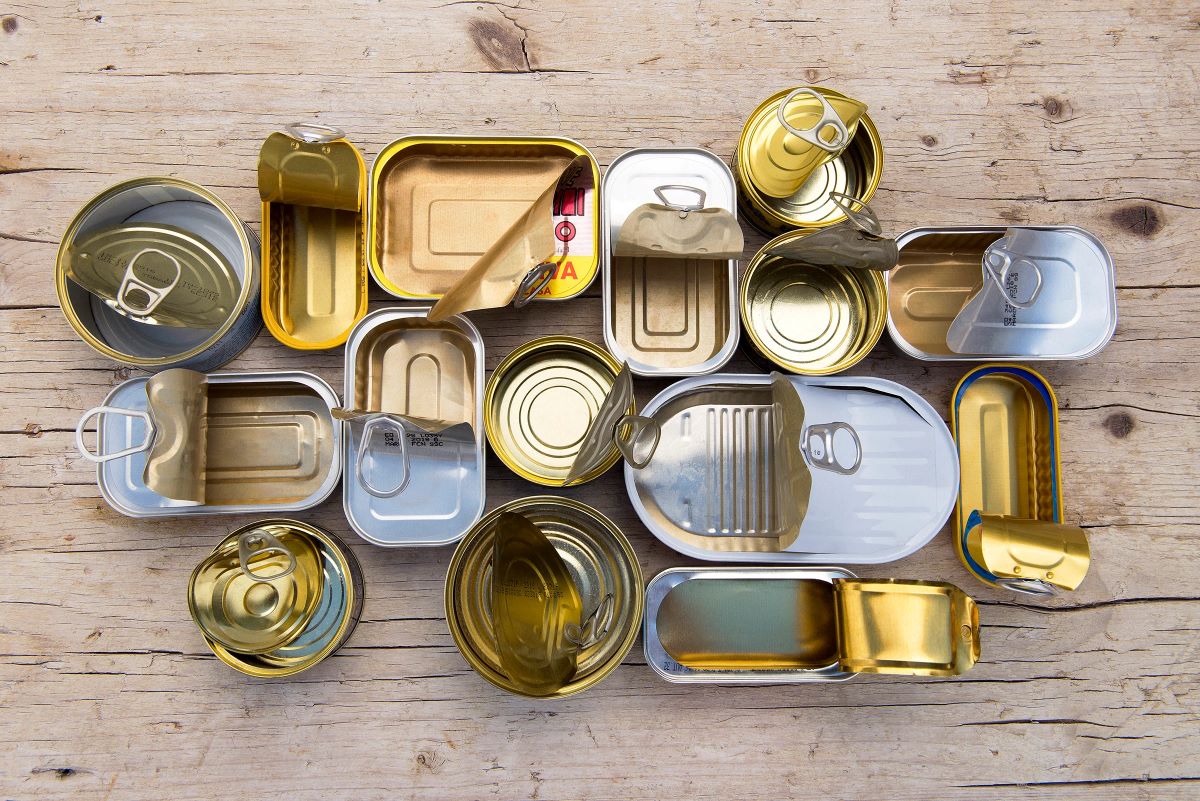


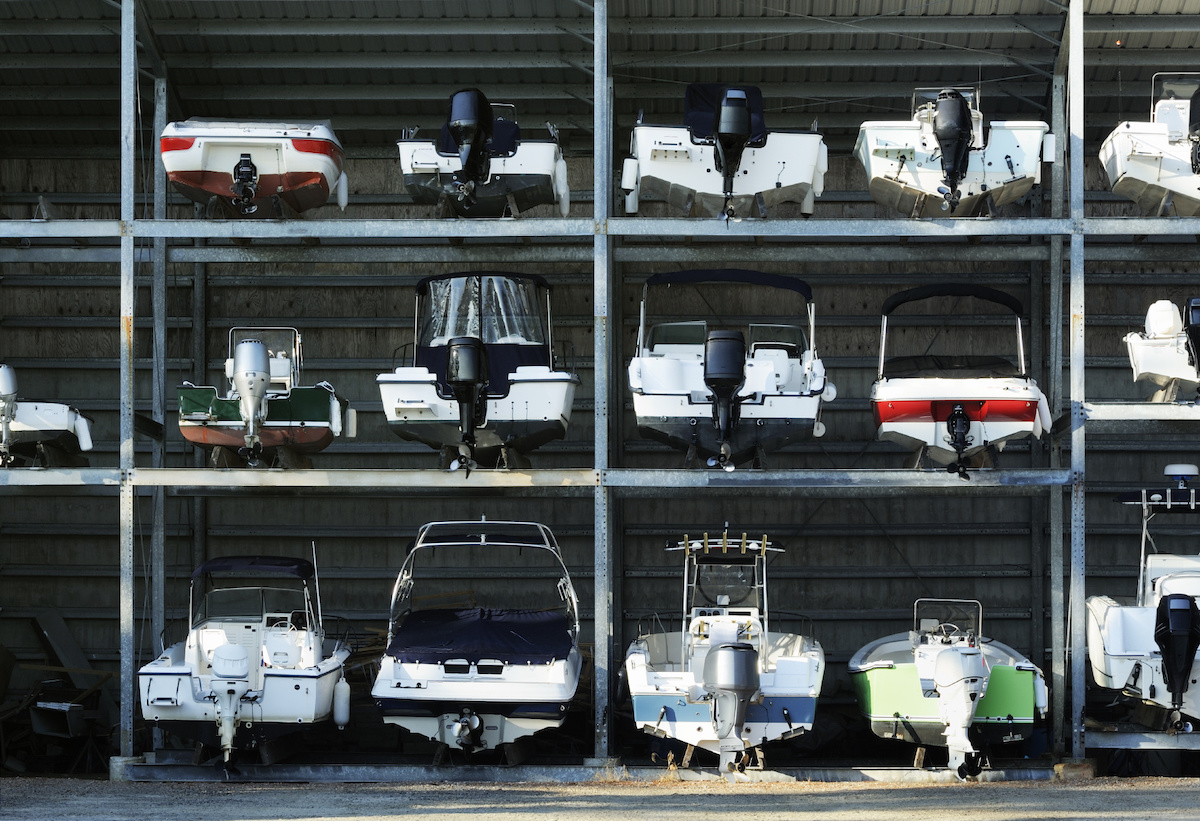



0 thoughts on “How To Store Tennis Rackets”